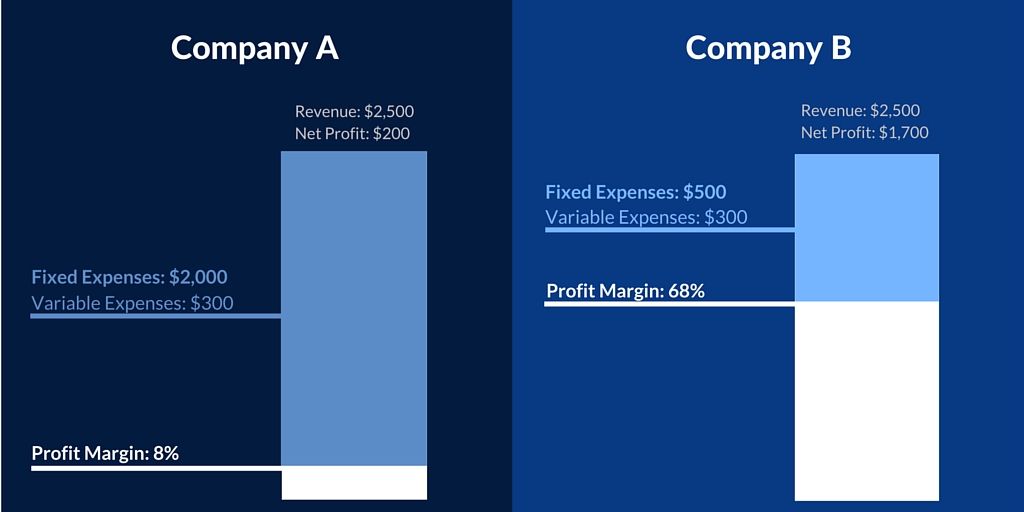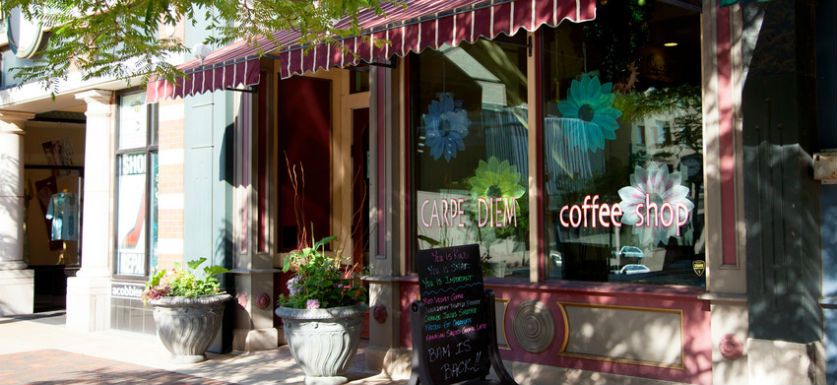As a small business owner, you manage many different expenses. As you run your daily operations, you might not think about the types of business expenses you make. But, you should record some expenses differently than others in your accounting books, such as fixed costs.
Business expenses are separated into two categories: variable costs and fixed costs. The expenses are separated by whether they rise and fall with your sales.
Variable costs fluctuate depending on how many products you produce or services you provide. When sales are high, variable costs increase. When sales are low, variable costs decrease.
What are business fixed costs?
Unlike variable costs, fixed costs are not affected by sales. No matter how many products you produce or services you provide, your fixed costs do not change. Fixed costs are unavoidable, basic operating expenses that your business pays. Since you pay the same amount from month to month, fixed costs are considered periodic expenses.
Fixed cost examples
Examples of fixed costs in a business include:
- Rent
- Insurance
- Depreciation
- Property taxes
- Loan payments
Fixed costs are the same amount every time you pay them. For example, you pay the same amount for rent unless your lease agreement changes. You can plan to pay a certain amount for rent each month. If you have a low sales month, you still have to pay rent.
When you create a business budget, consider fixed costs before variable costs. If you don’t make many sales, you still have to pay fixed costs. You know the amount you owe each month for fixed costs, even if you do not bring in much revenue. After you budget for fixed costs, you can see how much income is left to cover variable expenses.
Planning for fixed costs
You know how much you will owe each month for fixed expenses. But, you do not know how much you will make in sales. You need to plan to cover fixed expenses during slow sales months. Long-term planning will help you stay profitable despite business seasonality.
You could build a cash reserve to use when sales are low. Or, you could set up a line of credit to use in case of emergencies.
You can plan for fixed costs by looking at your business’s break-even point. The break-even point occurs when your income is equal to your expenses. You do not suffer a loss when you hit the break-even point. But, you also do not gain profits.
When you add all other expenses to the fixed costs, you reach the break-even point. To make a profit, you want to sell above the break-even point. You can do a break-even analysis to be sure you can cover all your expenses and make a profit.
How fixed costs affect your profit margin
Profit margin is the revenue you have left after you subtract expenses. The higher your profit margin is, the more money you have made.
High fixed costs mean you have to make a higher amount of income. It takes more revenue each month to make a profit margin than if you had low fixed costs.
Take a look at this example of fixed costs affecting the profit margin:
Company A has $2,000 in fixed expenses. Company B has $500 in fixed expenses.
Both companies sell the same kind and amount of goods. Each company makes $2,500 in revenue. Each company also has $300 in variable costs.
To determine profit margin for each company, first find the net profit. You find the net profit by subtracting all the expenses from the revenue:
Revenue – Expenses = Net Profit:
- Company A has a net profit of $200 ($2,500 – $2,300).
- Company B has a net profit of $1,700 ($2,500 – $800).
Next, divide each company’s net profit by the revenue. Multiply each result by 100 to find each company’s profit margin:
Net Profit / Revenue X 100 = Profit Margin:
- Company A has a profit margin of 8% ($200 / $2,500 X 100).
- Company B has a profit margin of 68% ($1,700 / $2,500 X 100).
Though both companies made the same revenue, Company B had a larger profit margin. Company B’s profit margin is larger because it has lower fixed costs.

Do you need an easy way to track your small business’s expenses? Patriot’s small business accounting software for small business uses a simple cash-in, cash-out system. Get started with free support. Sign up for your free trial today.
